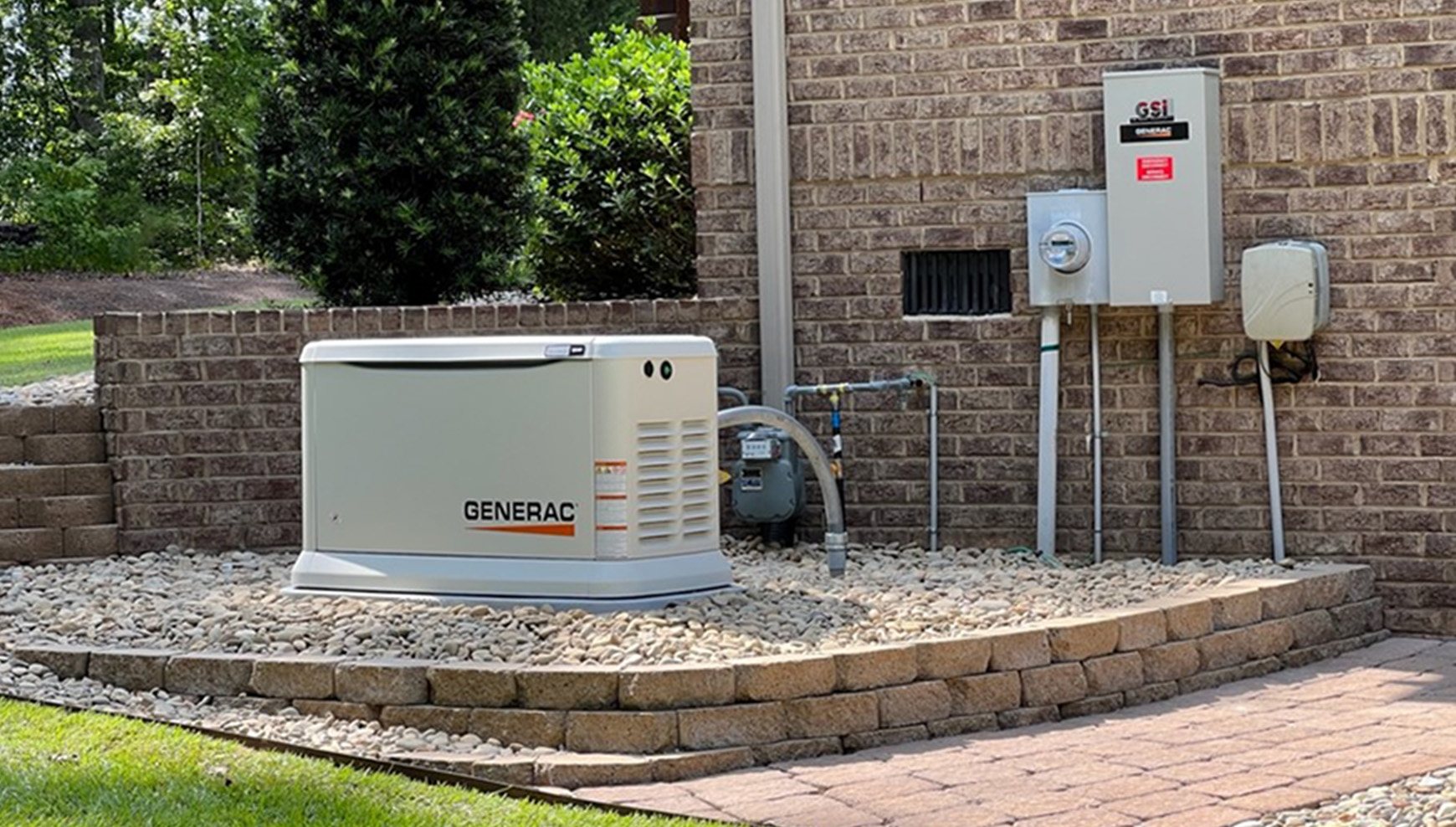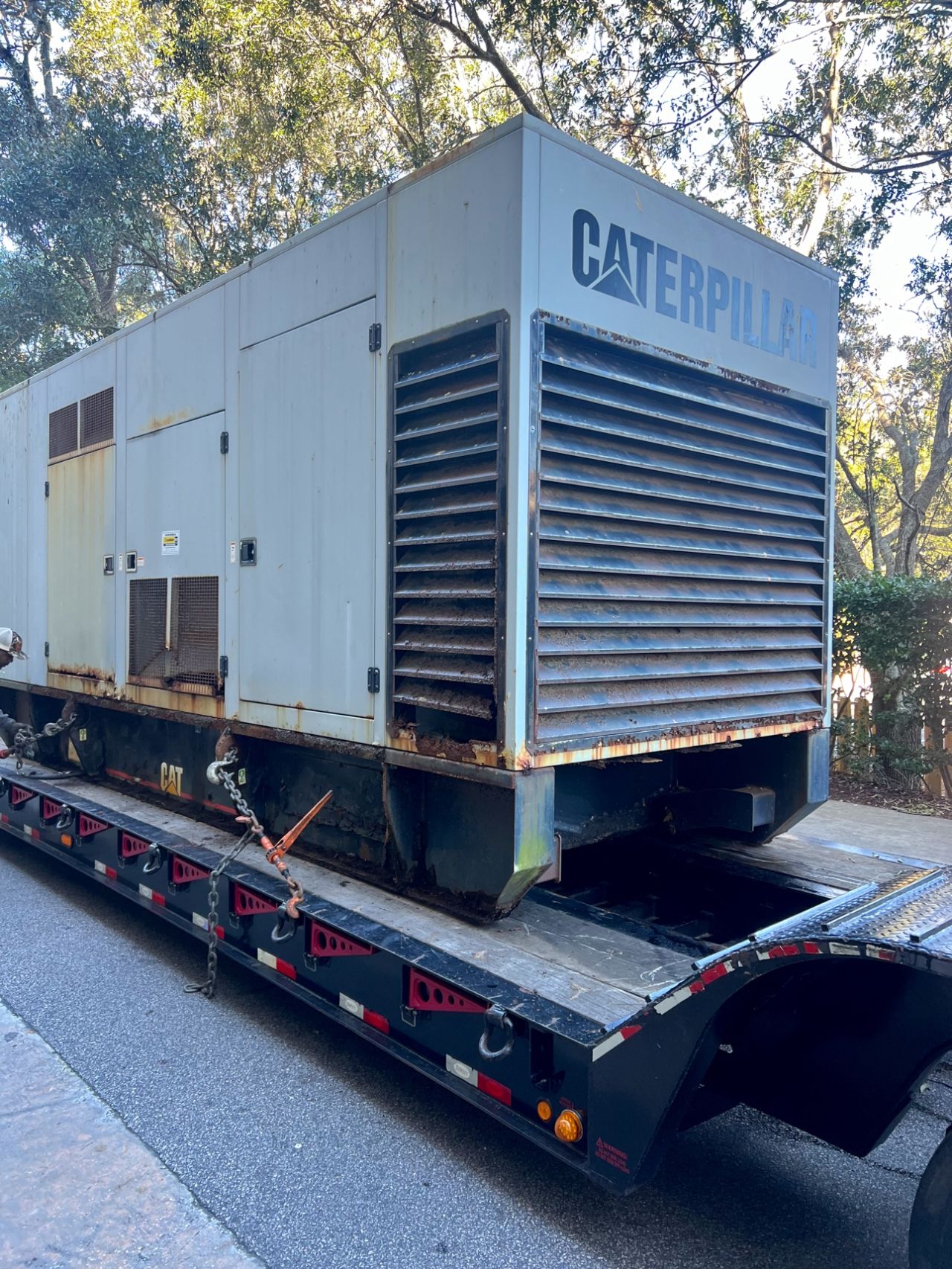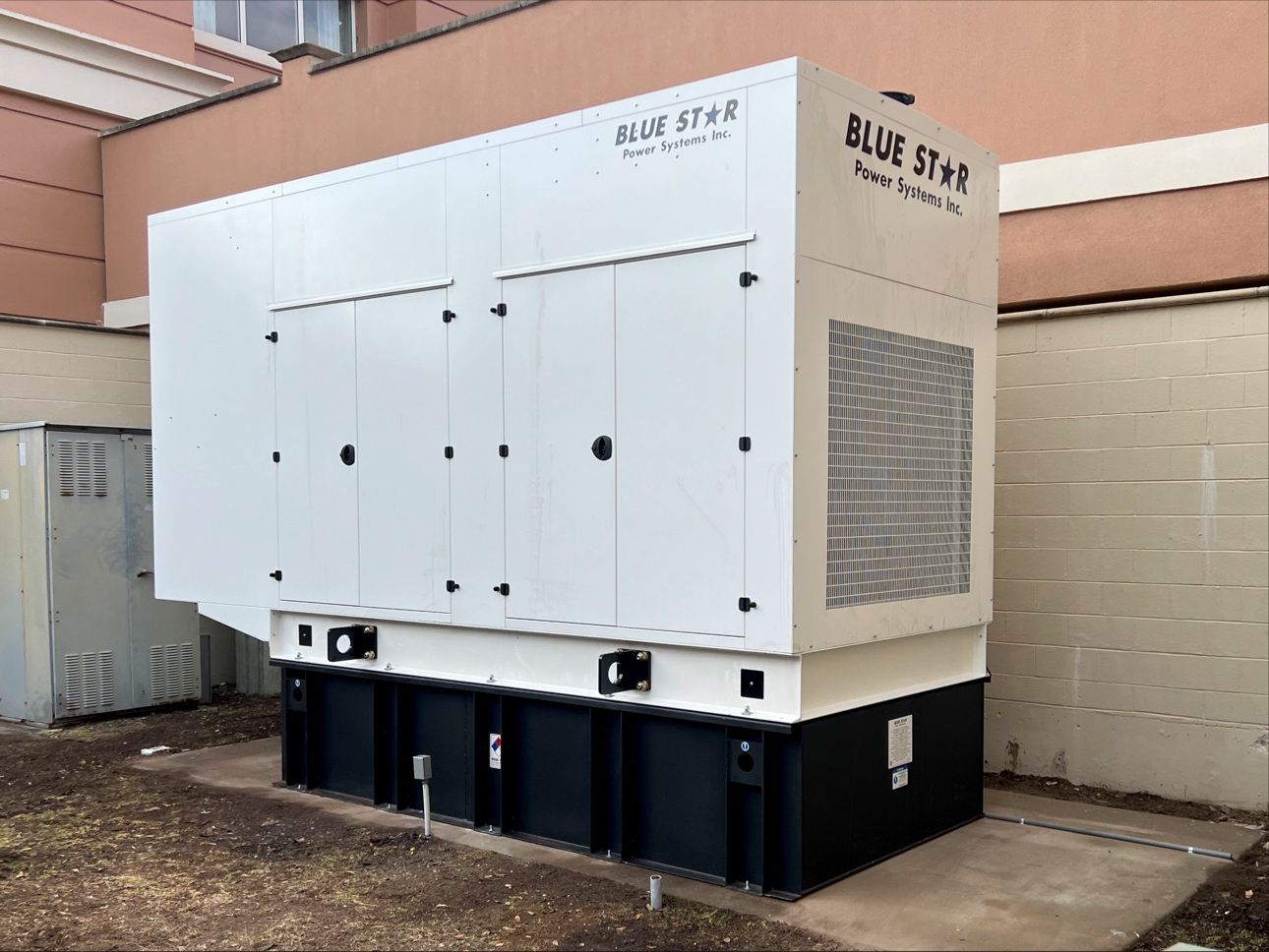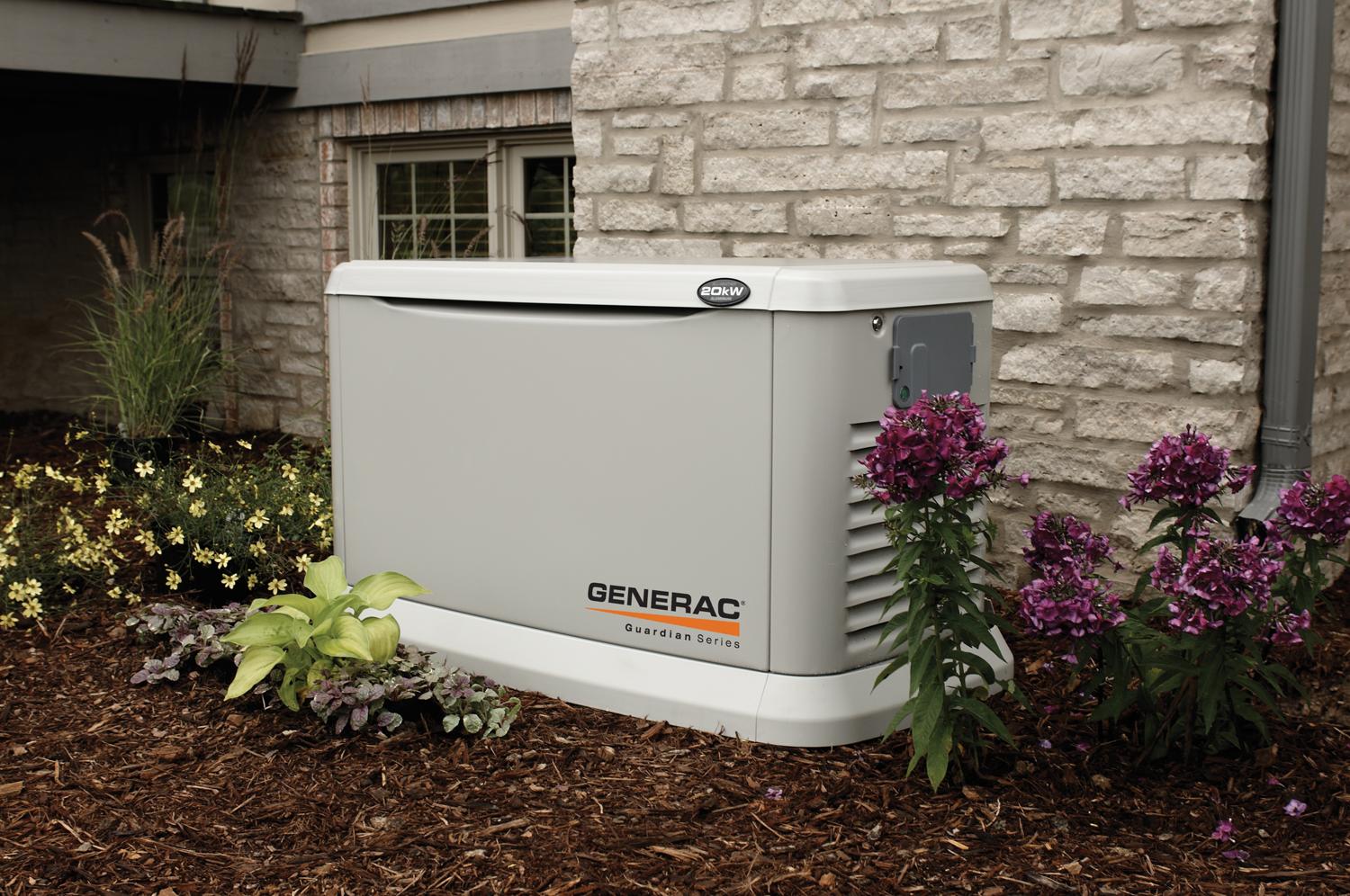Choosing the Right Generator for Construction Sites

When operating in a construction site, there are many working parts. One of the most important is the generator. Your generator helps to ensure your tools, equipment, and lighting function reliably. The size of your construction site and the number of tools in use will dictate the generator size you need.
Generator Services, Inc. is the number one name in the generator industry. We have the authority and expertise to match contractors with the perfect generator for their job site. In this article, we explain the critical factors in picking the right generator for your site.
Understanding the Capacity Needs of Your Construction Site
Determining the wattage you require on a job site is critical to ensuring the safety of your team and tools. To determine your desired wattage, you need to calculate the daily energy usage of critical tools, equipment, and other components on the site.
Once you have this total, you should be able to determine whether you need a small, medium, large, or extra-large generator.
- Small generators: These typically have 3,000 to 5,000 watts and are capable of powering hand tools and lighting.
- Medium-sized generators: These are typically 6,000 to 9,000 watts and can handle air compressors and multiple tools simultaneously.
- Large or extra-large generators: These are 10,000 watts or more and typically run heavy machinery and site-wide equipment.
If you’re unsure what size generator you need, GSI’s trained generator technicians can assess your job site needs and provide accurate recommendations.
Why Getting the Right Generator Size Is Important
There are several reasons why getting the right generator size is critical. These include:
- Cost savings: A generator that’s too large for your needs consumes more fuel and increases operational costs unnecessarily. To save on fuel, reduce emissions, and improve its overall performance, opt for a generator that uses 80 to 100% of its capacity.
- Environmental impact: In addition to raising fuel overhead costs, improperly sized generators produce excessive emissions that harm the environment.
- Avoiding wet stacking: Wet stacking is a condition that happens in diesel generators when unused fuel and carbon particles accumulate in the exhaust system. It’s common when the generator runs well below its capacity for extended periods of time, and it can also happen in undersized generators. This condition can cause long-term damage to the diesel engine.
Sizing Generators for High Startup or Peak Loads
A generator’s peak load refers to the highest level of electrical demand it’s asked to supply over a specific period. The difficulty comes when trying to determine the generator size you need to accommodate a high start-up power requirement. When sizing specifically to your peak load requirement, the daily load you’re asking of your generator will often drop below the 80% minimum it’s recommended to run at, reducing its fuel efficiency.
If you’re uncertain of your needs, GSI is proud to offer tailored solutions to balance peak load requirements with efficient operation during regular runtimes.
Choose Generator Services, Inc. for Construction Site Generator Sales & Rentals
With over 30 years in business, GSI has an extensive inventory of generators for rent or purchase. Our expertise in selecting the right generator for specific jobs will ensure power flows smoothly throughout your construction site. Our team is dedicated to supporting and ensuring the optimal performance and efficiency of each of our generators.
If you’re looking for the right generator to add to your construction site, contact GSI for recommendations, rentals, or sales!



